Forest products
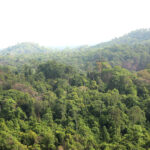
Prey Lang Wildlife Sanctuary. Photo by U.S. Embassy Phnom Penh on 09 June 2016. Licensed under CC BY-ND 2.0.Cambodia had over 8 million hectares of forest resources in 2020, accounting for 44.7% of the country’s total land area. 1 The state owns the whole forest <a href='https://opendevelopmentcambodia.net/topics/forest-products/ ' class='cambodia-color'>...a>
Types of state-protected areas
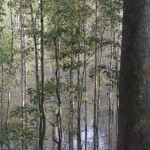
Flooded forest in Cambodia. Photo by andrea Kirkby, taken 11 May 2014. Licensed under CC BY-NC 2.0.a 1993 royal decree designated 23 protected areas covering about 3,273,300 ha, equal to around 18% of the country’s total land area, and brought them under the jurisdiction of the Ministry <a href='https://opendevelopmentcambodia.net/topics/types-of-state-protected-areas/ ' class='cambodia-color'>...a>
Construction
Construction on a Phnom Penh tower block. Photo by axel Drainville, taken on 4 May 2011. Licensed under CC BY-NC 2.0The construction industry has boomed in Cambodia. From 2000 to November 2018, Cambodia’s Ministry of Land Management, Urban Planning and Construction approved 43,136 construction projects representing <a href='https://opendevelopmentcambodia.net/topics/construction/ ' class='cambodia-color'>...a>
Electricity production
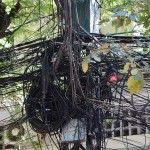
In Cambodia, electricity demands have been forecast to grow at 17.9 percent annually from 2012 to 2020.95 Distribution of electricity around the country has been a challenge: according to UN data, 79 percent of people live in rural areas,96 and the entire national population had grown <a href='https://opendevelopmentcambodia.net/topics/electricity-production/ ' class='cambodia-color'>...a>
Expropriation
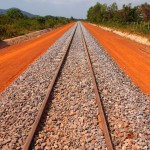
The Constitution of the Kingdom of Cambodia and the Land Law of 2001 both guarantee an individual’s right to property protection. Though part of the Government’s policy framework since 2002, not until 2010 did a legal framework exist to govern the process by which the <a href='https://opendevelopmentcambodia.net/topics/expropriation/ ' class='cambodia-color'>...a>
Ethnic minorities and indigenous people policy and rights

Cambodia is known for its rich cultural diversity, including ethnic minorities and indigenous communities. as the country has developed, efforts have been made to recognize and protect these groups’ rights through policies and initiatives to promote inclusivity, preserve cultural heritage, and address issues such as <a href='https://opendevelopmentcambodia.net/topics/ethnic-minorities-and-indigenous-people-policy-and-rights/ ' class='cambodia-color'>...a>
Disaster and emergency response funding
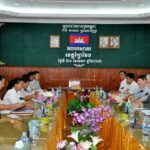
Cambodia has begun to integrate disaster and climate resilience goals into its national policies but implementation remains difficult. In the National action Plan for Disaster Risk Reduction 2014–2018, the government prioritizes the target to: “build a resilient nation and local communities to pursue sustainable development.” <a href='https://opendevelopmentcambodia.net/topics/disaster-and-emergency-response-funding/ ' class='cambodia-color'>...a>
Executive
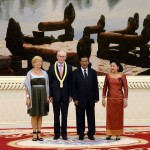
The Royal Government of Cambodia (RGC) represents the executive wing of government. It is responsible for implementing laws and directing general affairs of the state in accordance with policy programs and state planning approved by parliament (the National assembly and Senate). <a href='https://opendevelopmentcambodia.net/topics/executive/ ' class='cambodia-color'>...a>
Non-governmental preparedness and response agencies
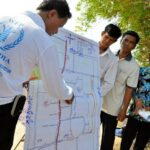
Cambodia has a large number of United Nations agencies, international and national non-governmental organizations (NGOs) engaged in humanitarian, rehabilitation, and development initiatives as well as disaster risk reduction and disaster management.Under the Law on Disaster Management (2015), article 32, if the National Committee for Disaster <a href='https://opendevelopmentcambodia.net/topics/non-governmental-preparedness-and-response-agencies/ ' class='cambodia-color'>...a>
Forests and forestry

Cambodia’s forests have seen a significant reduction of total forest and dense forest cover in recent years, the growth of plantations, particularly rubber, and an ongoing problem with illegal logging. <a href='https://opendevelopmentcambodia.net/topics/forests-and-forestry/ ' class='cambodia-color'>...a>
Investment policy and regulations
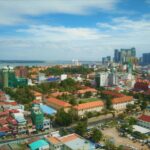
Cambodia’s economy has experienced an impressive performance, reflected in its rapid economic growth and significant poverty reduction. Part of this is the result of the relative openness of Cambodia towards foreign investors. Domestic investment has also been growing, although at a lower rate than other <a href='https://opendevelopmentcambodia.net/topics/investment-policy-and-regulation/ ' class='cambodia-color'>...a>
United Nations
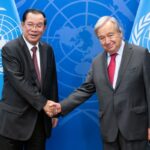
Secretary-General antónio Guterres (right) meets with Samdech akka Moha Sena Padei Techo Hun Sen, Prime Minister of the Kingdom of Cambodia in New York. Photo taken from the UN website on 22 September 2022.The United Nations (UN), founded in 1945 and guided by the UN <a href='https://opendevelopmentcambodia.net/topics/united-nations/ ' class='cambodia-color'>...a>
Climate change
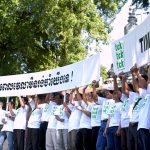
Voice from Cambodia–Time is running out. Photo by Oxfam International, taken on 21 October 2009. Licensed under CC BY-NC-ND 2.0.Climate change is the long-term change in the statistical distribution of weather patterns. While the climate of the earth has always gone through periods of change, modern scientific evidence <a href='https://opendevelopmentcambodia.net/topics/climate-change/ ' class='cambodia-color'>...a>
Urban administration and development
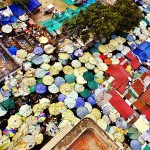
Bird eye view of a local market in Phnom Penh. Photo by Roberto Trombetta, taken on 8 May 2015. Photo licensed under Creative Commons attribution-NonCommercial 2.0 GenericThe development and administration of Cambodia’s urban areas has struggled to keep pace with urban population growth. For example, <a href='https://opendevelopmentcambodia.net/topics/urban-administration-and-development/ ' class='cambodia-color'>...a>
Sustainable Development Goals
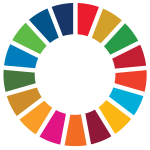
In September 2015, the UN General assembly adopted the new 2030 agenda for Sustainable Development. This contained 17 items that have become known as the UN Sustainable Development Goals (SDGs), intended to drive action in critically important areas to the year 2030. These goals have <a href='https://opendevelopmentcambodia.net/topics/sustainable-development-goals/ ' class='cambodia-color'>...a>
Relevant ministries
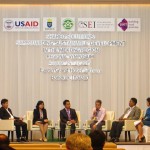
The Ministry of Environment is the main authority mandated to oversee environmental issues, including protected areas, environmental impact assessments, and management of natural resources. <a href='https://opendevelopmentcambodia.net/topics/relevant-ministries/ ' class='cambodia-color'>...a>
Social land concessions
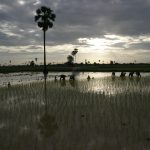
Social land concessions (SLCs) are intended to provide to the landless or land-poor land on which to establish residences and/or generate income through agriculture. The Cambodian Government that more than 30,000 households have received land as social land concessions. Despite its pro-poor intention, the SLC <a href='https://opendevelopmentcambodia.net/topics/social-land-concessions/ ' class='cambodia-color'>...a>
Forest classifications
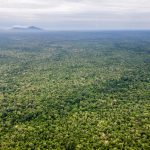
The classification of forests is set out in the Law on Forestry 2002. The law applies to both natural forests and plantations, and “defines the framework for management, harvesting, use, development and conservation of the forests in the Kingdom of Cambodia. The objective of this <a href='https://opendevelopmentcambodia.net/topics/forest-classifications/ ' class='cambodia-color'>...a>
Forest protection NGOs
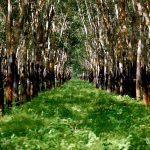
The protection of Cambodian forests is primarily the responsibility of the Ministry of agriculture, Forests and Fisheries (MaFF) and the Ministry of Environment. There are, however, many non-governmental organizations (NGOs) working in the area, from United Nations (UN) agencies and other global bodies to locally-registered <a href='https://opendevelopmentcambodia.net/topics/forest-protection-ngos/ ' class='cambodia-color'>...a>
Environmental impact assessments
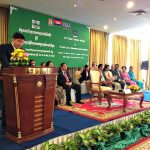
The primary legal requirements for environmental impact assessments (EIas) in Cambodia are set out in Content II, Book V of the Environment and Natural Resource Code486, Chapter III of the Law on Environmental Protection and Natural Resource Management 1996487(EPNRM Law), and the Sub-Decree no. 72 <a href='https://opendevelopmentcambodia.net/topics/environmental-impact-assessments/ ' class='cambodia-color'>...a>



